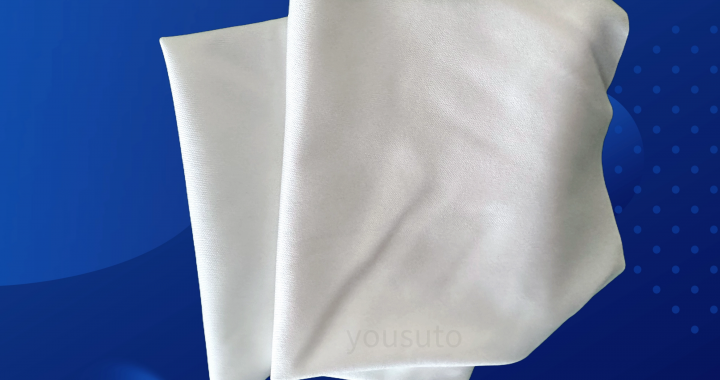Optimizing the liquid absorption of dust-free cleaning wipes enhances their efficiency in laboratory, cleanroom, and industrial applications. High-density, tightly woven fibers improve solvent retention, enabling thorough cleaning of sensitive surfaces, including PCBs, optical instruments, and precision electronics. Reinforced weaving and proper fiber selection increase durability, reducing tearing and waste. Pre-wetted or dry wipes with optimized absorption allow for controlled solvent use, minimizing residue and cleaning time. Anti-static, lint-free properties ensure ESD protection and prevent particle redistribution, maintaining high cleanliness standards in Class 100–1000 cleanroom environments.
Key Features:
-
High-density fibers for superior liquid absorption
-
Reinforced weave for enhanced durability and tear resistance
-
Lint-free and anti-static for safe cleaning
-
Compatible with dry or pre-wetted cleaning methods
Application Scope:
-
Laboratory and cleanroom equipment maintenance
-
PCB assembly and semiconductor cleaning
-
Optical instruments and precision electronics
-
Industrial and research high-tech facilities







